(Disclaimer: I've read the help center and I do understand that this is bordering on off-topic since it's about consumer devices. However I hope that I've managed to make enough on-topic by asking about why it is the way it is, and what is the explanation from an electromagnetic point of view - in other words, what laws of electricity and what practical considerations have gone into these decisions).
I recently bought a power tool and in its manual I found a few peculiar safety rules. I cannot see why they would be there, although reading up more it seems that they are commonplace. My understanding of electricity is limited (just about enough to be dangerous), so I'm hoping to expand it. :)
The rules are:
- Don't use an extension cord longer than 25m. Considering this is an outdoors tool, this limitation is severely restrictive. The best explanation I've seen is that longer cables would simply have too high of a resistance and the tool wouldn't be able to operate at full power. But this argument doesn't convince me. The tool is rated at 2.4kW, and it's meant to be used with 220V AC power source, which means it uses about 11 amps of current. All the extension cords I've ever come across have at least 16A limitation, so there is quite a reserve still. In addition, the power has to travel much, much further to get to my house, and even after the meter it still takes probably close to those same 25m to get to the power outlet. Why only 25m after the outlet? The resistance of the cables isn't that big, is it?
- Don't daisy-chain extension cords. I suspect this is a variation of the above - don't exceed 25m; every connection adds additional contact resistance; water in the outdoors connections can be a problem - in general, it just adds risk. However, apart from the water in the contacts, the rest seems to me to be practically negligible. Is there really a significant contact resistance? Assuming that the extension cords are in a good shape.
- Make sure that the power cord is entirely unrolled. This is another odd one. My suspicion is that it has to do with inductive resistance. But is it really that strong? Wherever I've seen people actually wanting to create an electromagnet, it's pretty much hard work. You need a lot of neat, tightly-wound loops of wire. An extension cord has a lot of insulator around it, spacing the wires pretty far apart, and the loops are very chaotic. In addition, if that was a problem, why do extension cord rollers exist? They're used especially when you need a very long extension cord, and you don't need to unroll them completely every time you want to use them. Solved: OK, I was off the mark. The correct answer (also a separate question) has to do with the wire heating up from being used close to its limits. When coiled together, the temperature can go pretty high and melt the cables. Not fun.

